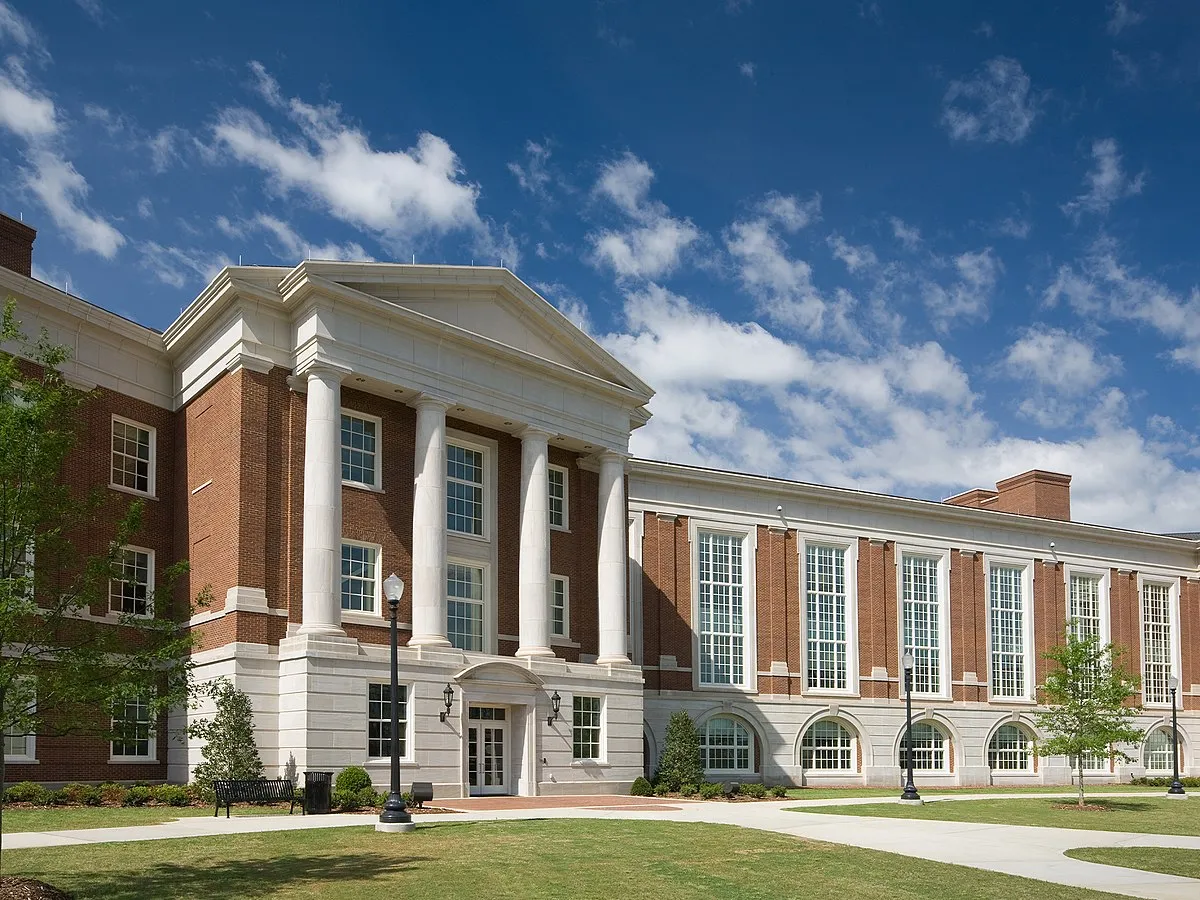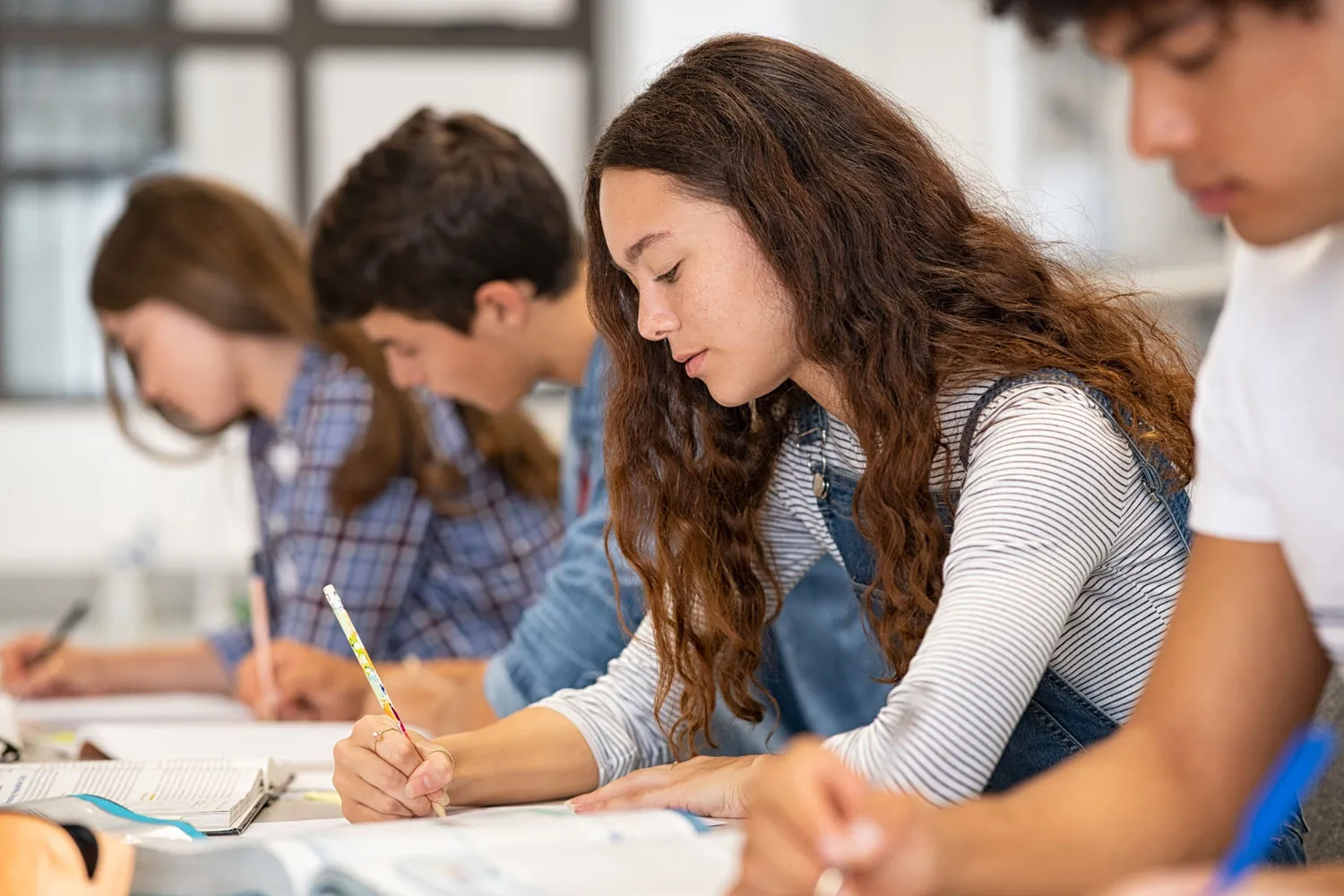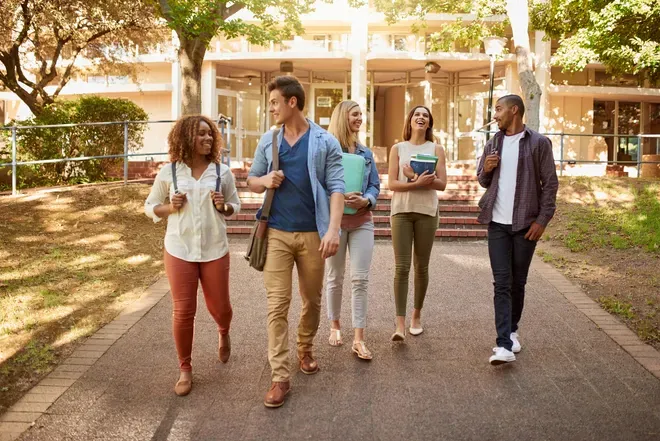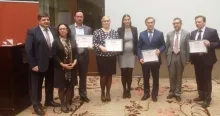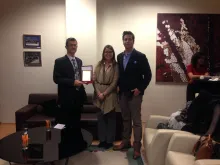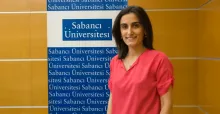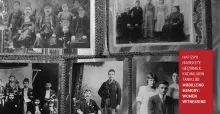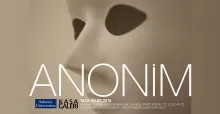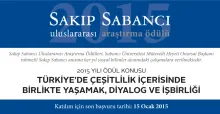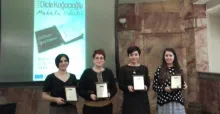19/01/2015
The CDP Russia Climate Change Report 2014 was revealed at an event in Moscow as part of the CDP Russia initiative implemented by the Sabancı University Corporate Governance Forum in association with the Coca Cola Foundation.
The CDP Russia Climate Change Report 2014 focuses on Russia’s business response to climate change including management, corporate strategies, as well as climate risks and opportunities. Data for the report was collected directly from the largest Russian companies who were asked on behalf of hundreds of international corporate investors to respond to CDP’s standard climate change questionnaire.
2014 saw the highest rates of response from Russian business to CDP under new management by the Sabancı University Corporate Governance Forum, with 14 companies responding to the questionnaire. The list of respondents include Russian energy giants Gazprom, LUKOIL, NOVATEK, Surgutneftegas, the biggest Russian steel-maker EVRAZ, Arkhangelsk Pulp and Paper Mill and other well-known market players. Some companies did not submit their data directly but referred to these data having been included in the responses submitted by their parent companies outside Russia.
Responses submitted by the companies were assessed by the EY Russia team using CDP’s scoring methodology and the companies were ranked from top to bottom with regard to their efforts and achievements in climate disclosure and performance. During the conference in Moscow, the top-scoring companies were recognized and celebrated. In 2014, the top climate disclosure score was demonstrated by Arkhangelsk Pulp and Paper Mill, a newcomer to CDP climate program. Gazprom, NOVATEK and EVRAZ were also acknowledged for their continuous efforts and commitment to climate disclosing through CDP.
The foreword to the report was written by CDP CEO Paul Simpson, and the introduction to the report was written by Sabancı University Corporate Governance Forum and CDP Turkey Director Dr. Melsa Ararat. According to the report, 89% of companies integrate climate change to their business strategies, the managements of 33% of the companies take measures to encourage efforts against climate change, and 56% of companies establish targets for reducing carbon emissions.
The report suggests that one of the critical risks in Russia is the change in physical climate parameters. Changes arising out of climate-related developments are viewed as opportunities. The report considers changes due to statutory amendments both as risks and as opportunities.
Out of all respondents, 78% disclosed their direct (Scope 1) and 67% disclosed their indirect (Scope 2) emission data. The respondents that commission independent third parties to validate their data comprise 33% of all companies.
Now that the Russian government is undertaking to introduce GHG reporting and regulation, CDP report and conference are seen as testing-the-ground exercise that shows the level of Russian business’ readiness and willingness to deal with climate change and to disclose relevant information to investors, customers, government and other interested parties.
The report and the conference attracted a lot of interest. More than 100 participants attended the conference representing Ministries, Russian business, governmental bodies, non-government and international organizations, foreign guests and media.
The bilingual report (Russian and English) is available at: https://www.cdp.net/CDPResults/CDP-Russia-climate-change-report-2014.pdf

